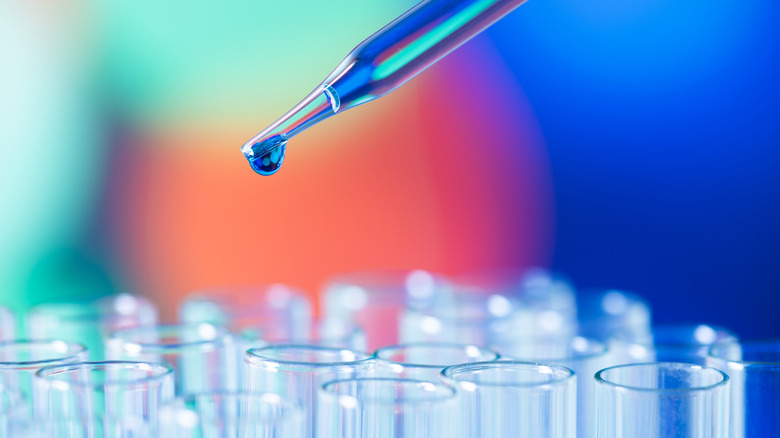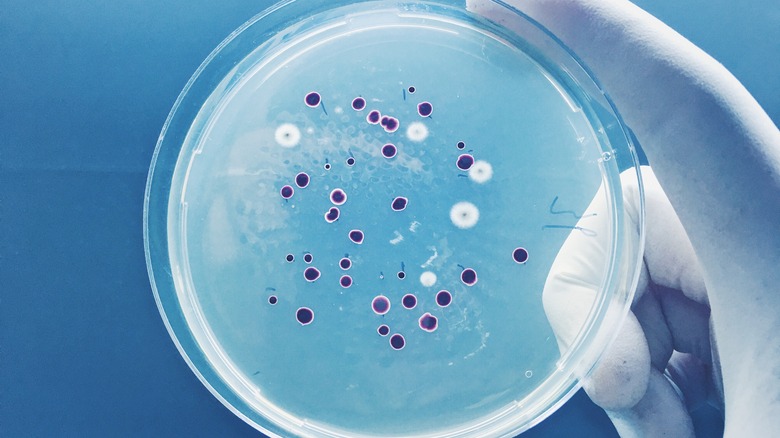This Was Esther Lederberg's Unforgettable Contribution To Science
Esther Lederberg was a trailblazing scientist in the disciplines of microbiology and bacterial genetics, yet has been overshadowed in the history books by her first husband Joshua (via TIME). In the 1950s, Lederberg worked on a team with her husband, mentor, and research partner that spent decades studying bacteria and other micro-organisms that led to significant breakthroughs in our understanding of genetics and DNA. Yet in 1958, she watched on as the three men on her team received Nobel Prizes for their work, while she was relegated to watch from the audience.
The Lederbergs studied bacteria, and through their experiments, they determined that bacteria do not always make perfect copies of themselves when they reproduce, along with other genetic discoveries. Esther also discovered the lambda phage virus, which revealed some of the mysteries of DNA. Together, they would pioneer the basic principles for molecular biology and genetic engineering, yet Esther's husband's award cabinet glitters much brighter than her own.
Esther Lederberg's techniques are still used today
Since Esther Lederberg's death in 2006, more of an effort has been made to give the scientist the credit that mostly eluded her during her life. According to Stanford University, Lederberg's discovery of lambda phage became a popular tool for gene regulation and had a permanent influence on molecular genetics and virology. It became the model for studying similar animal viruses, like tumors and herpes, as she laid the groundwork for how genes can be transferred between bacteria.
This research gave us an understanding of how DNA can be broken apart and form RNA and developed procedures in the laboratory that were used by scientists around the world, including several Nobel Prize winners. Lederberg became a Stanford professor at a time where not too many women were on the faculty list of the prestigious university, and the replica plating method developed by her and her husband is still used today. Much of what we know today about genes, viruses, and bacteria comes from the breakthroughs she made, even if we did not — and perhaps still fail to — properly recognize her.

